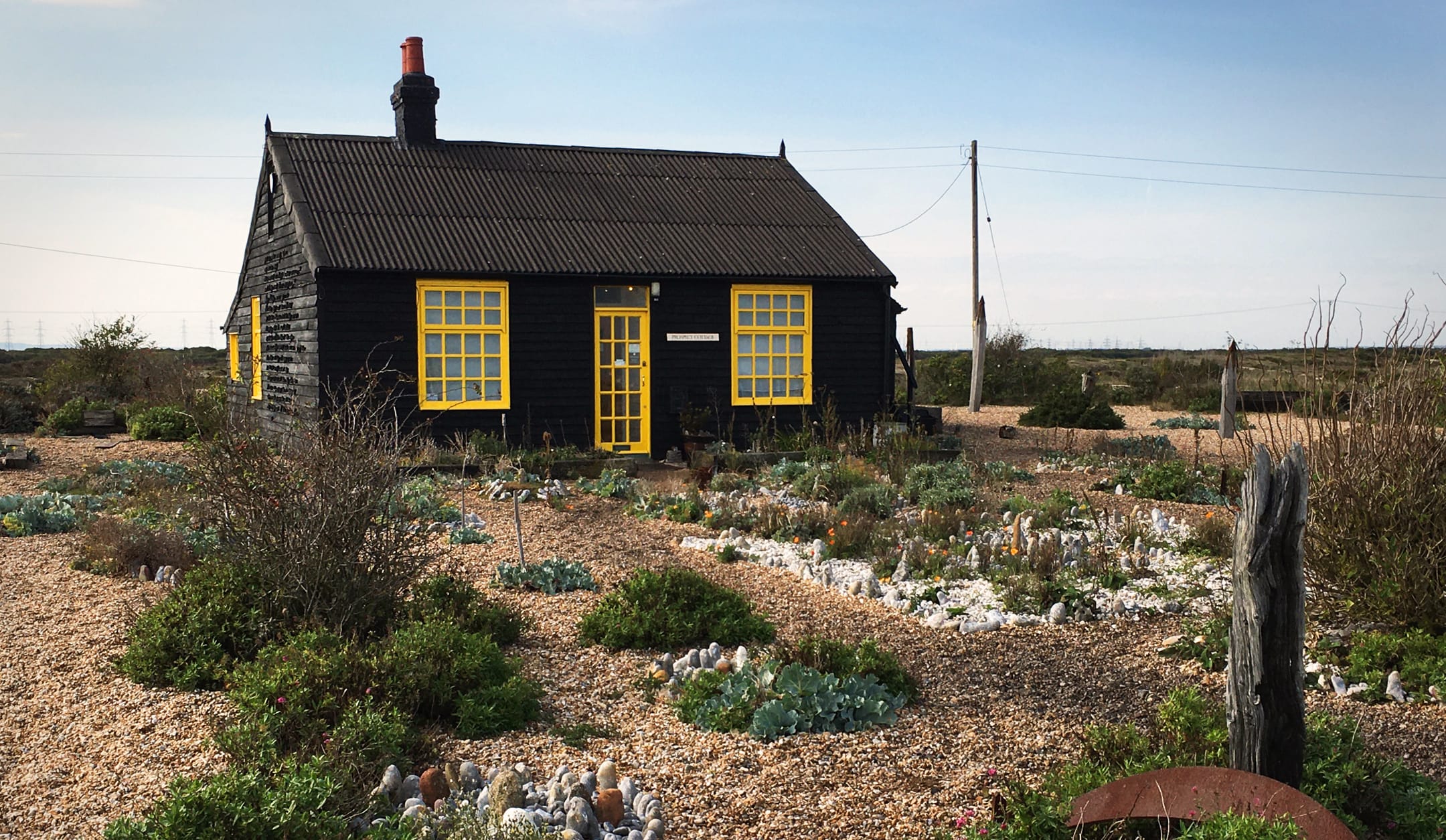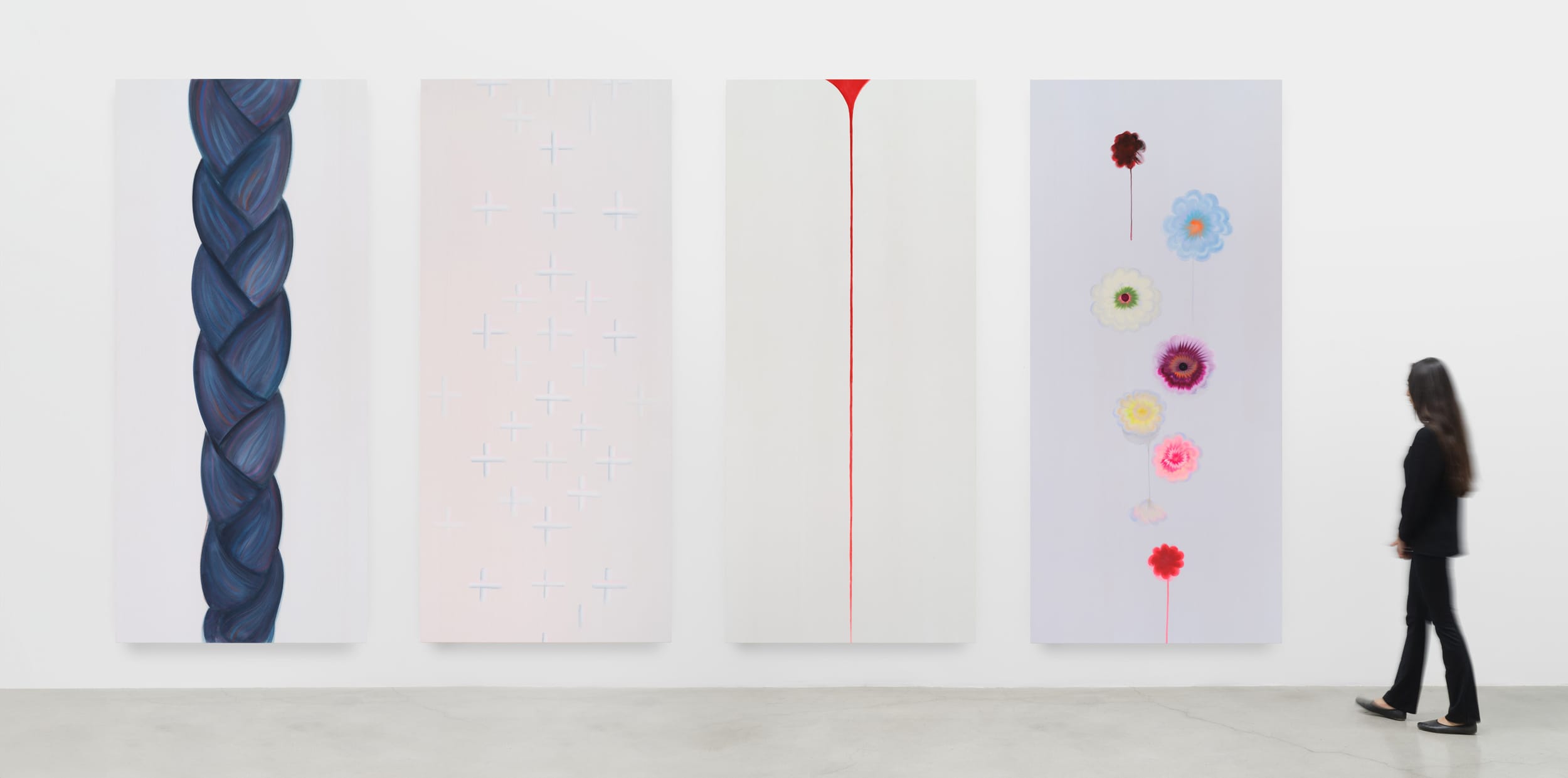The Delicate Transformations of Morton Feldman’s “Rothko Chapel”
Soundstreams’ inaugural event of the new season brings together two of the great Jewish artists of the twentieth century—the artist Mark Rothko and composer Morton Feldman.

There aren’t many 20th century artists more resistant to the age of mechanical reproduction than Mark Rothko. His colour field paintings—in particular the late ones, where the more varied fields have given way to singular crops of pure, muted colour—don’t just demand your presence, but your absolute, durational attention. You’ll notice this in any major gallery setting of his works. There’s always a bench, possibly some muted lighting, and one or two visitors generally struggling to find the right sort of loosely held focus required to get inside of them, the gentle susurrations of the museum in the background.
The only way to look at a Rothko properly and find what you need in there is to sit still with it until it takes you. You can’t rush it. You need to sit with one until the soft contrasts begin to undulate—drift with the light and somehow even the sound—for the painting to show you something deeper. Something darker. A hint of what’s at the end. As much as they don’t reward viewing by jpeg, they don’t often reward viewing from a casual gallery distance either. These were not just implied demands of Rothko’s work, but explicit ones from the artist. He wanted the paintings to consume their viewers. In that exchange, there’s the most delicate of transformations.
Morton Feldman’s music always had an element of the Rothko about it—the way it rewards attention to stillness. This is nowhere truer than his great minimalist masterwork “Rothko Chapel”, written for performance in 1972 at the eponymous Houston venue dedicated to the display of 14 black-hued Rothkos, paintings specially commissioned by John and Dominique de Menil. It’s a composition that comes the closest to recreating what it feels like to stand in front of a Rothko, as viola, percussion, and a chorus slip through what is less an ambient drift, and more of a slow but welcoming pull on a rope, dragging you into a welcoming, contemplative abyss.
Though the composition debuted two years after Rothko’s death in 1970, it feels like a collaboration—a collaboration, Soundstreams director Lawrence Cherney points out, between “two of the great Jewish artists of the 20th century,” and featured as one half one of The Bright Divide, Soundstreams’ first major event of the season on November 10-11. Under the direction of Tim Albery, and conducted by David Fallis, Feldman’s “Rothko Chapel” will be performed by violist Steven Dann, vocalist Alex Samaris, and Gregory Oh on piano and synthesizer. It’s followed by the world premiere of “mark”, a new work by Canadian Opera Company composer-in-residence Cecilia Livingston, with text by Duncan McFarlane, commissioned as a response to both Feldman and Rothko.
As a companion event on October 30, the Koffler Centre is partnering with Soundstreams to present an evening at Toronto’s Holy Blossom Temple designed to expand on the Rothko-Feldman connection, while attempting to replicate at least some of the experience of visiting Rothko Chapel, with imagery and projections. The evening also features the Koffler Centre’s new general director, opera librettist Matthew Jocelyn, moderating a conversation between Livingston, stage director Albery, art historian Joyce Zemans, and Soundstreams’ Cherney, alongside live excerpts from the upcoming performance.
Cherney is finding “a lot of pleasure” in focussing his contribution on how both Feldman and Rothko’s connections to Judaism manifest in their work. While this was more obvious with Rothko, from his own writings and biography—Rothko was born in what is now Latvia and was profoundly influenced by his father’s vacillations between secularism and orthodoxy—Cherney says it’s clearly there also in Feldman’s work, if you know where to look.
“There’s a couple of melodies in ‘Rothko Chapel’,” he says, “one of which, I think it’s the solo near the end, is one that he remembers from being in synagogue when he was 15 years old.”
Rothko’s very particular demands have always made the actual Rothko Chapel, by far the best known of John and Dominique de Menil’s many wonderful Houston art follies, a slightly strange tourist attraction. Visitors are prohibited from taking photographs. It’s also basically impossible to reproduce the experience in brochures, and still it’s always there on the list of Houston must-sees. On my first visit, I was determined to take it at face value for the non-denominational chapel it was meant to be. Quietly sitting on a bench, I focused on how the shifting natural light, streaming through the dome’s windows, activated Rothko’s canvases, in the way he had intended. Meanwhile, others passed by, their attempts at selfies rapidly thwarted by an otherwise unobtrusive SWAT team of docents.
I was berated just for taking my phone out when I wanted to write a few notes. Nothing to do then but surrender to the darkness of the paintings; sometimes to find peace you must give up looking for it. As a space dedicated to spiritual reflection and understanding, the chapel has hosted many ecumenical colloquiums over the years, with scholars, activists, and faith leaders engaging on issues of peace, justice, and human rights, holding court on the hard work to be done. I imagined what it might be like to be present for one, Rothko’s work gathering them together in a protective embrace, while pointing also in the direction where peace might be found, if you let yourself move towards it.





